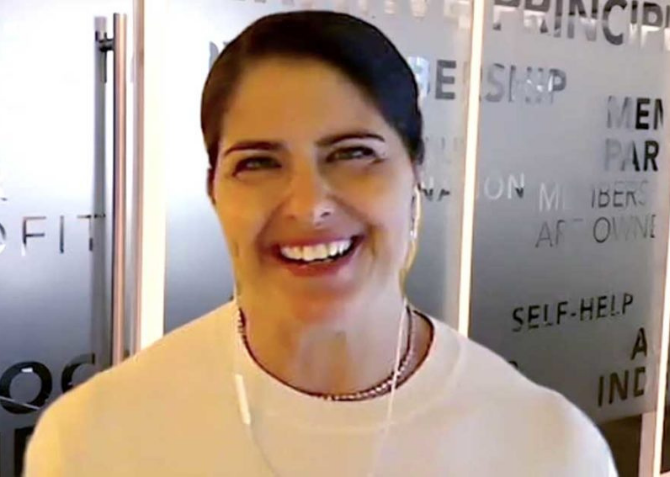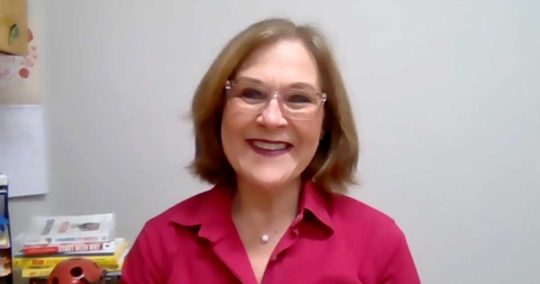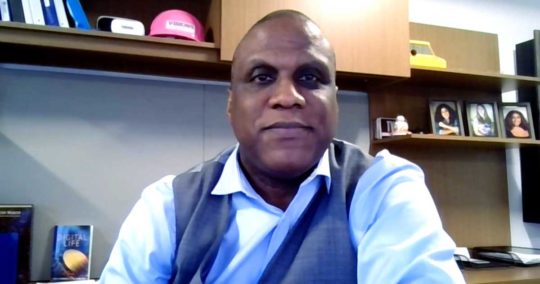Financial Well-Being For All Takes “All-In” Approach

Story originally posted on CUNA News.
Financial well-being for all is an “all-in endeavor” that requires equal parts empathy and strategy, according to panelists participating in the 2021 CUNA Governmental Affairs Conference general session.
“It really has to be up and down the spine of the credit union,” says Gigi Hyland, executive director of the National Credit Union Foundation. “It’s the board members, it’s the CEO, and it’s everybody in between. In order to foster change, financial well-being for all has to involve everyone at the credit union.”
Hyland offers three ideas for credit unions to consider in adopting a financial well-being for all mindset:
- Know your people. “It’s difficult to respond to a need unless you know the need,” Hyland says. Many credit unions have measured member or employee financial well-being. The Foundation has a robust suite of resources to help credit unions measure financial well-being.“Most credit unions’ membership base changes over time. Knowing where your people are is really the starting point,” she says. “Measuring is the key to the start of the journey.”Credit unions should “double down” on empathy and walk in the shoes of their members and employees to better understand what’s driving their financial needs and challenges.
- Build your strategy. Credit unions should review their mission and vision statements to determine if financial well-being is referenced or included. “If not, what would it take to incorporate financial well-being for all in your mission statement or as a key pillar of your strategy?” Hyland says.Determine how to report and track improvement in the financial lives of members. Team meetings and executive leadership should reflect this strategy, she says.
- Take action. Take inventory of products and services to determine how many of them truly advance the financial well-being of members. “Take a look at the member journey of your products,” Hyland says. “What are the pain points? How can you fix them?”Credit unions should also review their websites with a critical eye. “If you think you are all about improving financial well-being for all, but your website says nothing about those efforts and members don’t make that connection, you might need to make some changes,” she says.

Linda White, CEO of $91 million asset Upward Credit Union, Burlingame, Calif., says financial well-being for all has been a board initiative for three years.
“Our goal is to change lives financially,” she said. “But financial well-being can mean different things to different people.”
Upward offers self-guided virtual tools, referrals, workshops, and one-on-one coaching. The credit union has trained its staff, including education on empathy.
White has received her Credit Union Development Education (CUDE) designation and says more Upward staffers will take advantage of the transformational experience.
“We’re all about what can we do for our members,” she said.

Ty Muse, CEO of $5 billion asset Visions Federal Credit Union, Endicott, N.Y., learned to better understand financial well-being by going undercover as a bagger at a local grocery store. He surprised customers by paying their bills.
Just by paying for someone’s $8 grocery bill, the credit union could change the course of that person’s finances for the week, he says. “We knew we had to take the conversation further.”
Visions has created formal venues for having such conversations and helping members advance their financial well-being.
Muse says it’s also important “to get into what the numbers are saying,” such as credit scores and member data.
“If their credit is bad, keep the dialogue going,” Muse says. “Tie that conversation to our purpose: People helping people.”
